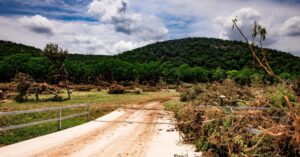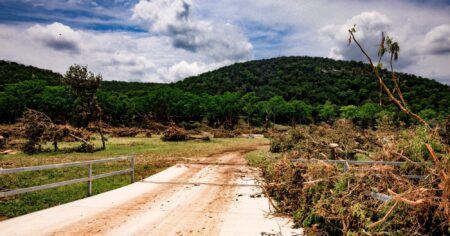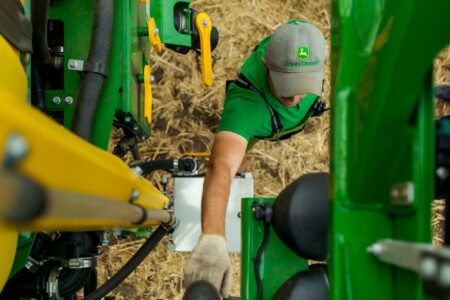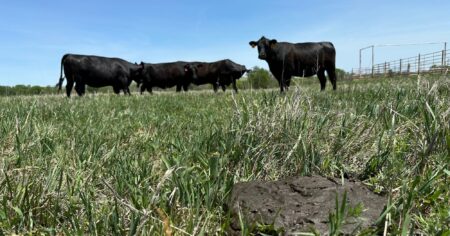According to the U.S. Drought Monitor, more than 88% of South Dakota is experiencing some form of drought or dryness. A sliver of two southwest counties reported D3 extreme drought covering less than 1% of the state. This is considerably better than the week prior when 100% of the state reported moisture stress and nearly 3% of South Dakota suffered from D3 conditions.
Laura Edwards, South Dakota state climatologist, said that rains from the past week should lead to continued improvement in drought conditions.
“From the North Dakota border down to about I-90, we saw weekly totals at about 4 to 6 inches,” Edwards said. “From the Pierre area south to the Nebraska border, we saw more 2.5 to 4 inch totals.”
Edwards said most improvements have been reported in the central and eastern parts of the state.
“Monthly total averages for May are around the 3 to 4 inch range for most of the state,” Edwards said. “So when we get something close to that in a week, that’s a big rain event, and we have seen precipitation everywhere across the state in the last week.”
Edwards said that the southwestern region of the state has had persistent D3 extreme drought, and struggled to make moisture improvements since about a year ago.
“The southern Black Hills’ reservoir levels and surface water for irrigation has been really low,” Edwards said. “We’ve been watching those areas pretty closely because they’re kind of at a tipping point, where they can get much worse or maybe get better depending on how the precipitation is for the rest of the week and the rest of the season.”
U.S. Drought Monitor
Dry conditions throughout most of spring in South Dakota have provided opportunities for quick planting. According to the most recent Crop Progress report, 85% of corn is planted, which is nearly 20 percentage points ahead of the five-year average. The report also said half of South Dakota’s corn has emerged. Soybeans are 71% planted, which is 28 percentage points ahead of the five-year average. The report said 23% of soybeans have emerged.
“The planting season went very quickly up here, which is kind of again a testament to the dry conditions, and now we have this rain – about three inches up here – over the last week,” Edwards said. “Great timing to get this crop off to a good start, and we’ve seen some very good gains in soil moisture looking at our South Dakota mesonet.”
Summer Outlook
Despite recent precipitation, Edwards doesn’t think the wet pattern is going to hold. Edwards said it will still be important to get rain through the remainder of spring. The three-month outlook from the Climate Prediction Center shows above-average chances for below-normal precipitation in June, July, and August for South Dakota.
“April through June, is the three month period that comprises about 40% more or less of our annual total precipitation,” Edwards said. “If we miss precipitation in April, May, and June, that can be detrimental, especially to our pasture range and forage sides of agriculture.”


:max_bytes(150000):strip_icc()/102041568-2000-b4567612c5694eb59d31749f817360cb.jpg)
:max_bytes(150000):strip_icc()/SFCE_Spr25_hero-d937bde05cd04bab8b17805fd7cb100a.jpg)



:max_bytes(150000):strip_icc()/May-23-current_sd_nonecopy-6f83fb4af34d40a49ca423a3da983ce6.png)

:max_bytes(150000):strip_icc()/SFCE_Sp25_RaguseHeadshot_preview-691c190f1a1e4dbb9be10f2324f80770.jpg)

